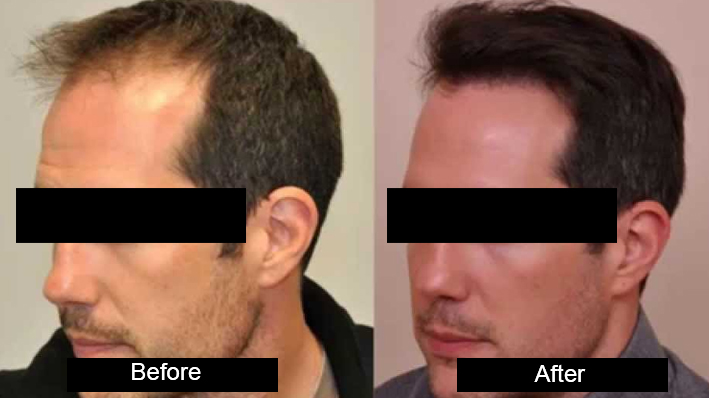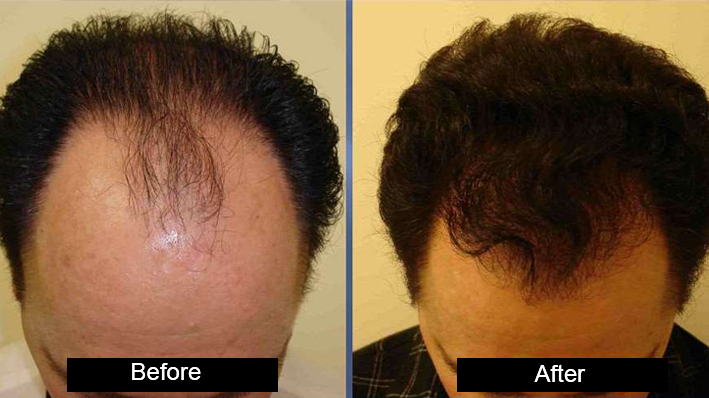HARRTS(ROBOTIC HAIR TRANSPLANT)
Modern surgical means of hair transplantation require an experienced surgeon to utilize specific surgical tools to extract either a strip of hair from the donor region or individual hair follicles. The strip of hair is dissected to obtain individual hair follicles in the case of FUT whereas in case the FUE technique is used, the hair follicles are extracted individually.
However, the robotic approach of hair transplantation is quite the opposite as the entire process is performed by a robot under the surgeon’s watch. FUT (Follicular Unit Transplantation) and FUE (Follicular Unit Extraction) are the only manually done hair transplant techniques.
The Robotic Hair Transplant Approach: What It Mean.
This is an advanced technique of hair transplantation with high-grade technology and it uses the FUE (Follicular Unit Extraction) only. This technique automates both the hair extraction process and recipient site creation.
With this, the surgeon can perform FUE with unparalleled precision and consistency. Besides this, it also allows the maximum preservation of follicles during hair transplantation.
Unlike the manual hair transplantation approaches, the robotic hair transplant technique eliminates the chances of human error. There is also greater precision and no or less follicular damage during the entire procedure.
During this technique, the robot’s optical three-dimensional guidance system and dual punch mechanism first locate then extract the grafts according to specifications programmed by the surgeon. The recipient region is also prepared where the follicular grafts are inserted according to an aesthetic plan made before the surgery and then programmed into the robot.
More About The Robotic Hair Transplantation Technique!
- The procedure is performed under local anesthesia administered to the donor region and the robotic arm will also automatically position itself in the same region.
- During the robotic approach, the surgeon programs the design plan and other specifications into the ARTAS robot.
- The robot also calculates the number of recipient sites that it needs to create so that an ideal density of the transplanted hair is achieved.
- There is a lot that a patient needs to understand before this procedure and therefore, a consultation is required.
- The procedure is also quite expensive, although it has a lot of benefits when compared with other hair transplantation approaches.


